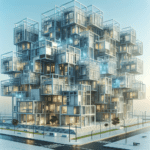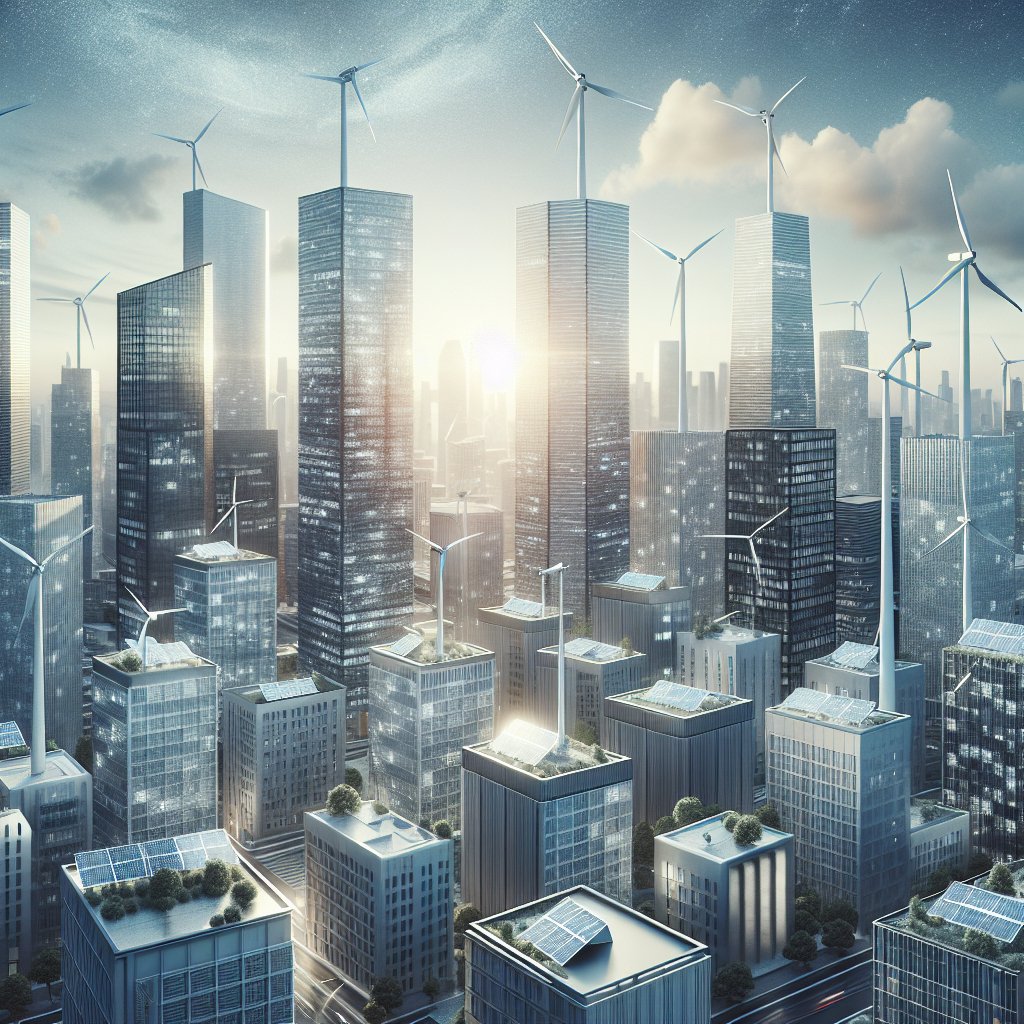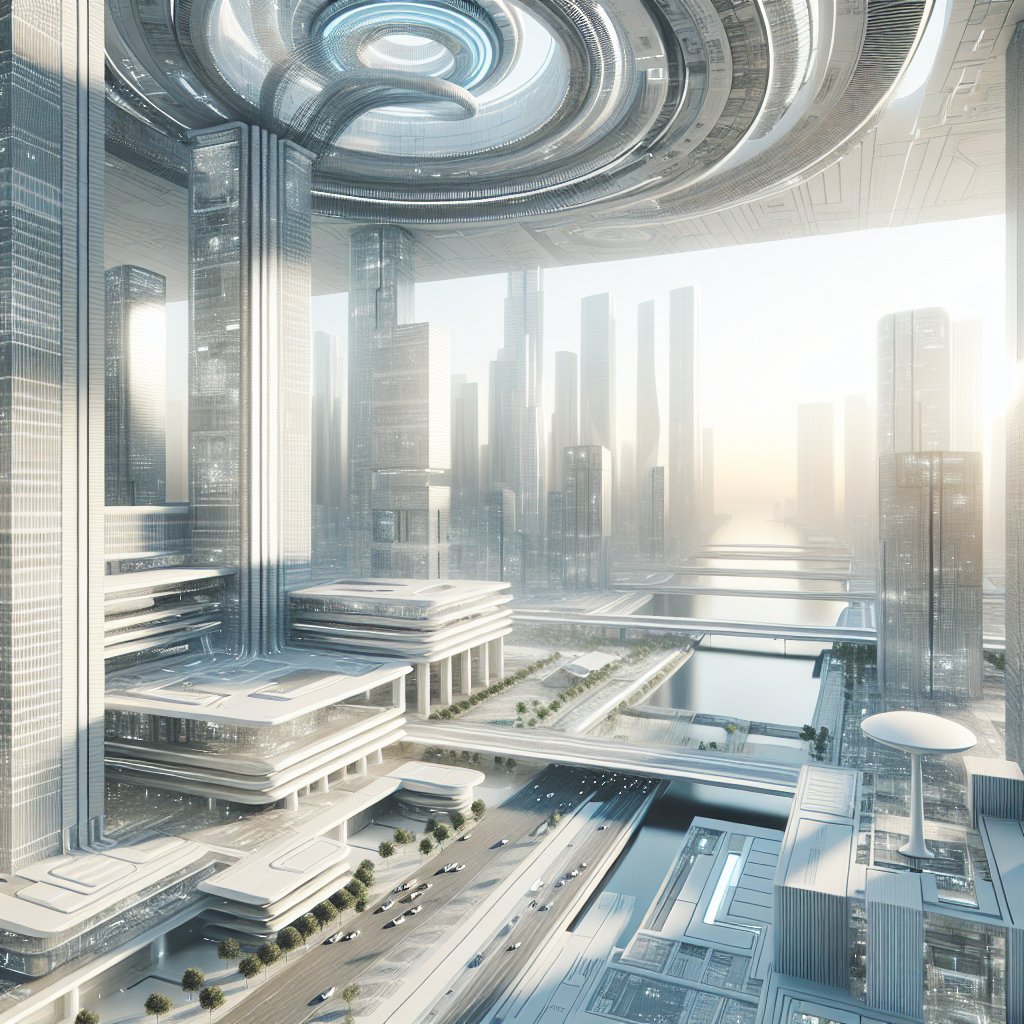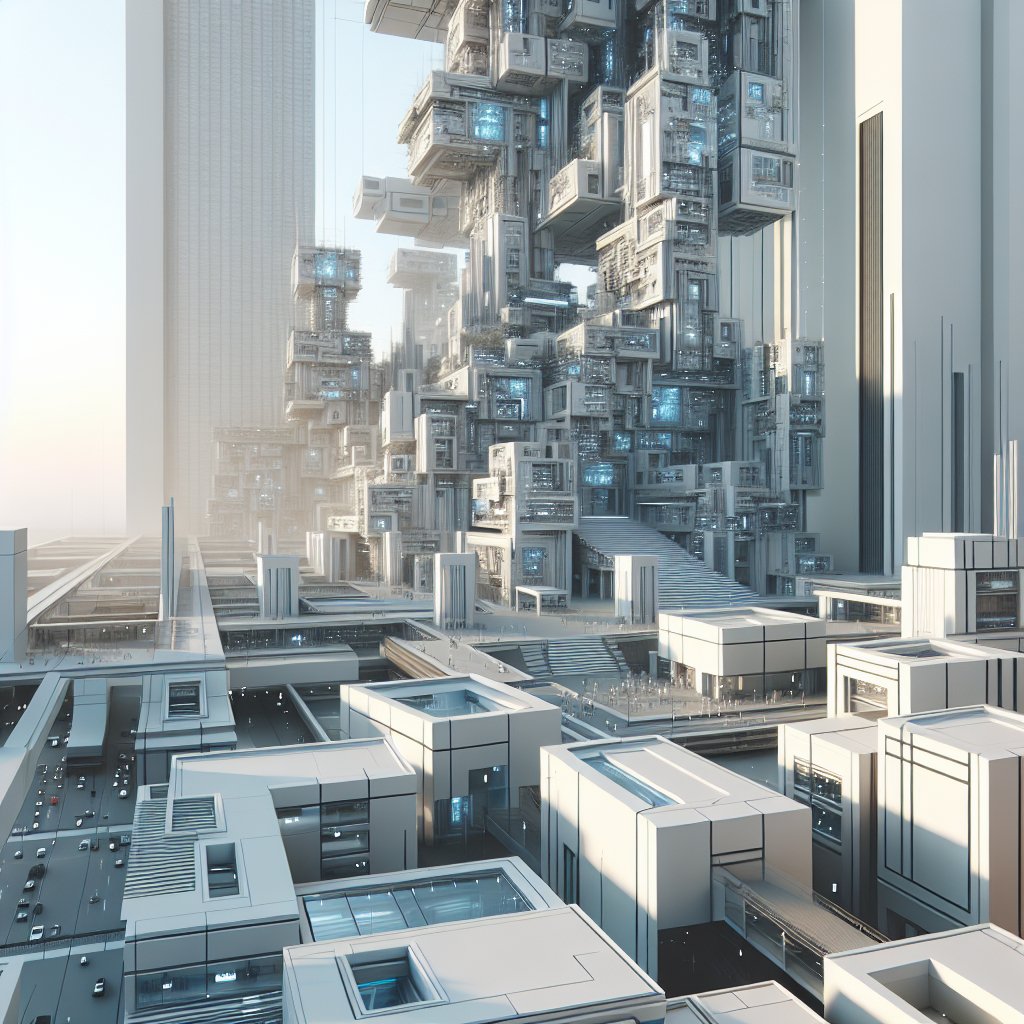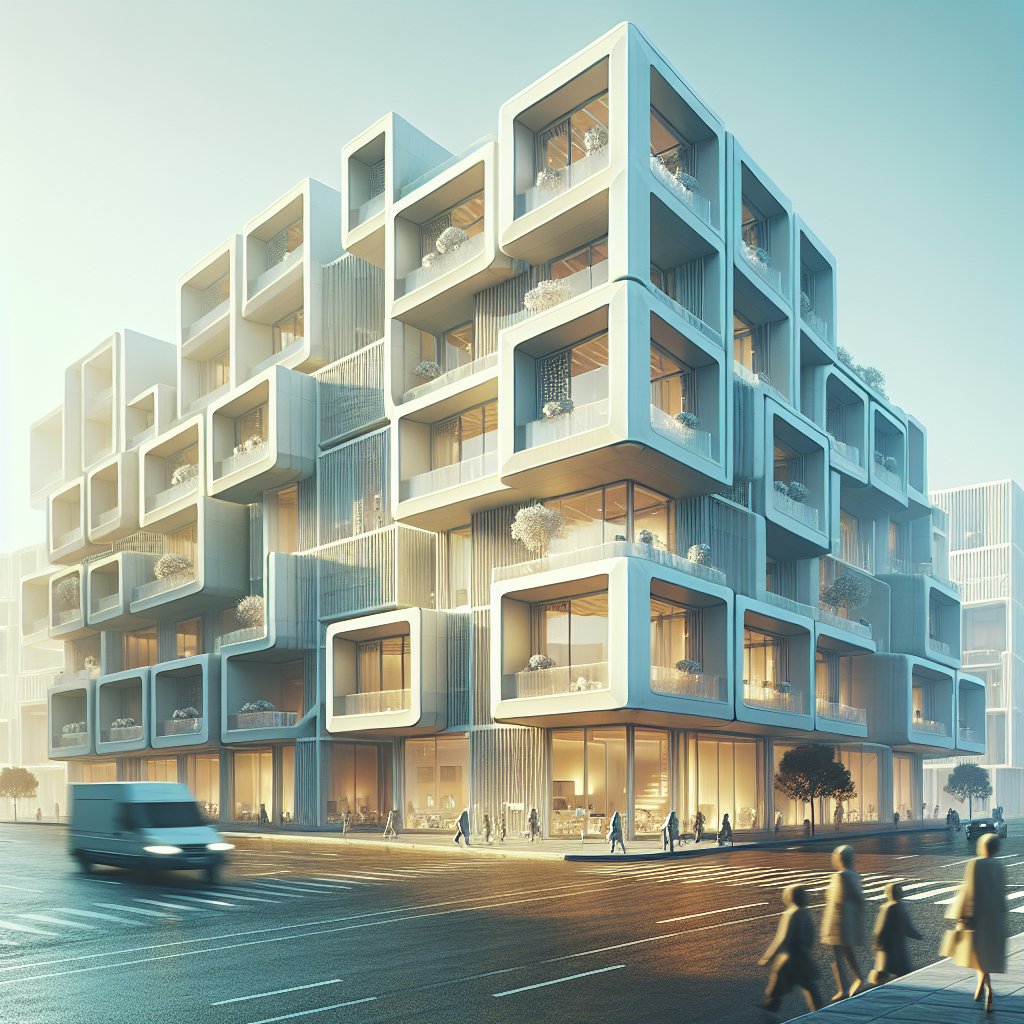As the world grapples with the pressing challenges of climate change and resource depletion, the field of architecture is undergoing a transformative shift towards sustainability. Renewable energy-integrated buildings are at the forefront of this movement, seamlessly blending cutting-edge technology with innovative design to create structures that are not only aesthetically pleasing but also environmentally responsible. This article delves into the fascinating realm of futuristic architecture, exploring how solar, wind, and other renewable energy sources are being harnessed to redefine the built environment.
Harnessing Solar Power: The Rise of Photovoltaic Architecture
Solar energy has long been heralded as a cornerstone of sustainable architecture, and recent advancements in photovoltaic technology have made it more accessible and efficient than ever before. Photovoltaic architecture involves the integration of solar panels directly into the building’s design, transforming facades, roofs, and even windows into energy-generating surfaces. This approach not only reduces reliance on fossil fuels but also enhances the aesthetic appeal of the structure.
One of the most notable examples of photovoltaic architecture is the Solar Decathlon, an international competition that challenges collegiate teams to design and build solar-powered houses. These innovative homes showcase the potential of solar energy to power entire buildings, with features such as solar shingles, transparent solar panels, and energy-efficient appliances. The competition has spurred a wave of creativity, inspiring architects to incorporate solar technology into a wide range of building types, from residential homes to commercial skyscrapers.
Moreover, the development of building-integrated photovoltaics (BIPV) has opened new possibilities for architects. BIPV systems are designed to seamlessly blend with traditional building materials, allowing for greater design flexibility and aesthetic integration. This technology is particularly appealing for urban environments, where space is limited, and the visual impact of traditional solar panels may be undesirable. By incorporating solar cells into building materials such as glass, concrete, and metal, architects can create structures that are both energy-efficient and visually striking.
Embracing the Wind: Innovative Wind-Powered Structures
While solar energy is a well-established component of sustainable architecture, wind power is emerging as a complementary force in the quest for renewable energy integration. Wind-powered structures harness the kinetic energy of the wind to generate electricity, often through the use of small-scale wind turbines or innovative design features that capture and direct airflow.
One of the most iconic examples of wind-powered architecture is the Bahrain World Trade Center, which features three massive wind turbines integrated into its design. These turbines are strategically positioned between the two towers, taking advantage of the natural wind funneling effect to generate a significant portion of the building’s energy needs. This pioneering project has paved the way for other architects to explore the potential of wind energy in urban settings.
In addition to traditional wind turbines, architects are experimenting with new technologies that capture wind energy in more subtle ways. For instance, vertical axis wind turbines (VAWTs) are gaining popularity due to their compact size and ability to operate in turbulent wind conditions. These turbines can be integrated into building facades or rooftops, providing a discreet yet effective means of generating renewable energy.
Furthermore, the concept of “wind-responsive” architecture is gaining traction, with buildings designed to adapt to changing wind conditions. This approach involves the use of dynamic facades, kinetic structures, and other innovative design elements that respond to wind patterns, optimizing energy generation and enhancing the building’s overall performance.
Beyond Solar and Wind: Exploring Emerging Renewable Technologies
While solar and wind energy are the most prominent forms of renewable energy in architecture, other emerging technologies are beginning to make their mark on the industry. These innovative solutions offer new opportunities for architects to create sustainable buildings that are both functional and forward-thinking.
One such technology is geothermal energy, which harnesses the Earth’s natural heat to provide heating and cooling for buildings. Geothermal systems are highly efficient and can significantly reduce a building’s energy consumption, making them an attractive option for sustainable architecture. By incorporating geothermal heat pumps and underground heat exchangers, architects can create buildings that maintain a comfortable indoor climate while minimizing their environmental impact.
Another promising area of research is the use of bioenergy, which involves converting organic materials into energy. This can be achieved through processes such as anaerobic digestion, which breaks down organic waste to produce biogas, or the cultivation of algae for biofuel production. By integrating bioenergy systems into building design, architects can create structures that not only generate their own energy but also contribute to waste reduction and resource conservation.
Additionally, advancements in energy storage technology are playing a crucial role in the development of renewable energy-integrated buildings. Efficient energy storage systems, such as advanced batteries and thermal storage solutions, allow buildings to store excess energy generated during peak production times and use it when demand is high. This capability enhances the reliability and resilience of renewable energy systems, making them more viable for widespread adoption.
The Future of Renewable Energy-Integrated Architecture
As the demand for sustainable architecture continues to grow, the integration of renewable energy sources into building design is becoming increasingly sophisticated. Architects are pushing the boundaries of what is possible, exploring new materials, technologies, and design strategies to create buildings that are not only energy-efficient but also resilient, adaptable, and aesthetically pleasing.
One of the key trends shaping the future of renewable energy-integrated architecture is the concept of “smart buildings.” These structures leverage advanced technologies such as the Internet of Things (IoT), artificial intelligence (AI), and data analytics to optimize energy use, enhance occupant comfort, and improve overall building performance. By integrating renewable energy systems with smart building technologies, architects can create environments that are both sustainable and responsive to the needs of their occupants.
Moreover, the rise of modular and prefabricated construction methods is facilitating the rapid deployment of renewable energy-integrated buildings. These approaches allow for greater precision and efficiency in the construction process, reducing waste and minimizing the environmental impact of building projects. By combining modular construction with renewable energy systems, architects can create scalable, adaptable solutions that meet the diverse needs of urban and rural communities alike.
In conclusion, the integration of renewable energy sources into building design is revolutionizing the field of architecture, offering new possibilities for sustainable development. As architects continue to explore the potential of solar, wind, and other emerging technologies, the future of the built environment looks brighter than ever. By embracing these innovations, we can create a world where buildings are not only functional and beautiful but also harmonious with the natural world.





